Passive smoking, or second-hand smoke, is an invisible threat that often goes unnoticed but has severe health consequences. For people living with asthma, exposure to passive smoking can significantly worsen their condition, leading to increased symptoms and frequent asthma attacks. In India, where cultural habits and population density make avoiding second-hand smoke challenging, this issue takes on an even greater urgency.
What Is Passive Smoking?
Passive smoking refers to the involuntary inhalation of smoke from cigarettes, cigars, or other tobacco products used by others. This smoke contains over 7,000 harmful chemicals, many of which are toxic or carcinogenic. For individuals with asthma, these irritants inflame the airways, triggering asthma symptoms and increasing the risk of severe attacks. Passive smoking is particularly harmful in enclosed spaces, where smoke lingers and its concentration rises.
How Passive Smoking Affects People with Asthma
For people with asthma, even brief exposure to second-hand smoke can:
- Irritate airways: Passive smoke inflames the air passages, causing swelling and increased mucus production, making it harder to breathe.
- Trigger asthma attacks: Exposure can provoke wheezing, coughing, and severe asthma episodes that may require medical intervention.
- Increase hospitalizations: Individuals exposed to smoke frequently report more emergency visits and a higher dependency on medications like inhalers or corticosteroids.
Passive Smoking in India: A Closer Look
India faces unique challenges in combating passive smoking due to cultural and societal norms.
- Prevalence of smoking: According to recent surveys, nearly 12% of adults in India smoke, with men making up the majority. Smoking often takes place in homes, public areas, or social gatherings, making passive exposure unavoidable for many.
- Family settings: In many Indian households, smoking indoors is common, particularly in rural areas or joint family setups. This increases the exposure risk for non-smoking family members, including women and children.
- Public spaces: Despite the existence of designated no-smoking zones, enforcement remains weak in many parts of India. Restaurants, public transport, and workplaces often fail to comply with smoke-free regulations, putting bystanders at risk.
Regulations and Their Effectiveness in India
India’s Cigarettes and Other Tobacco Products Act (COTPA) bans smoking in public places and mandates the creation of smoke-free zones. However, gaps in implementation have hindered its effectiveness:
- Weak enforcement: Many public areas continue to allow smoking, either due to a lack of awareness or poor regulation.
- Lack of awareness: While anti-smoking campaigns have increased, knowledge about the dangers of passive smoking remains limited, especially in rural areas.
- Community efforts: NGOs and health organizations are working to raise awareness and advocate for stronger laws, but more government support is needed to address the issue comprehensively.
How to Protect Yourself and Others from Passive Smoking
While systemic change is vital, individuals can take steps to reduce exposure to second-hand smoke:
- Avoid smoking zones: Steer clear of areas where smoking is common, especially enclosed spaces.
- Create a smoke-free home: Encourage family members who smoke to do so outside, away from doors and windows.
- Use air purifiers: Invest in good-quality air purifiers to minimize indoor air pollution caused by smoke.
- Wear masks: Use high-quality masks, such as N95 respirators, in situations where avoiding exposure to second-hand smoke is difficult.
- Advocate for change: Educate family and friends about the dangers of passive smoking, especially its impact on asthma. Push for stricter enforcement of smoke-free laws in your community.
Passive smoking is a silent yet significant contributor to asthma-related health issues, particularly in a country like India. Its effects extend beyond individual health, impacting families, communities, and healthcare systems. Tackling this issue requires a collective effort, from stricter enforcement of laws and public awareness campaigns to changes in household behavior. Together, we can protect vulnerable groups and create a healthier, smoke-free future for everyone.












